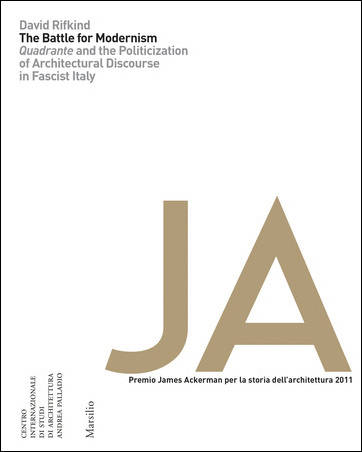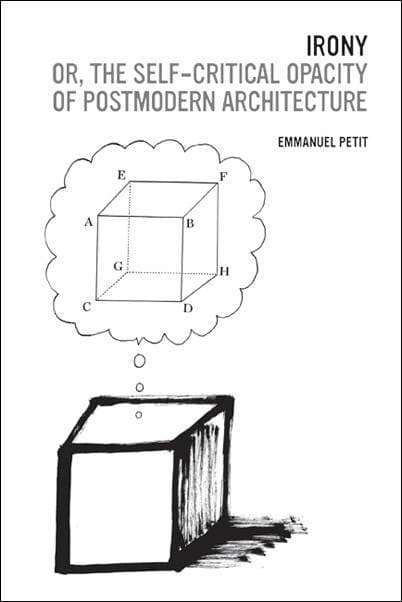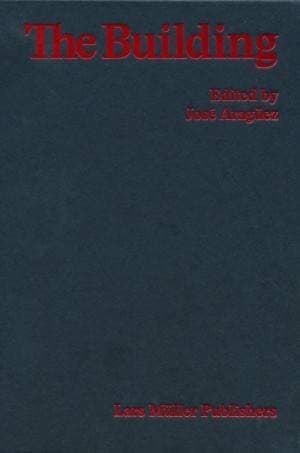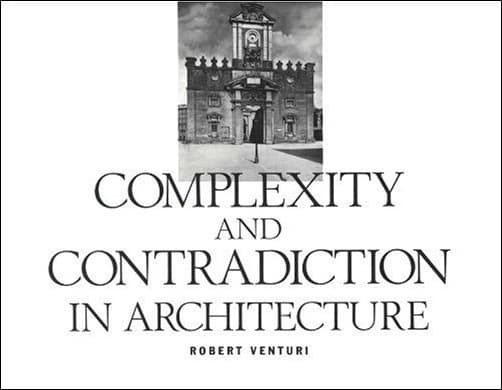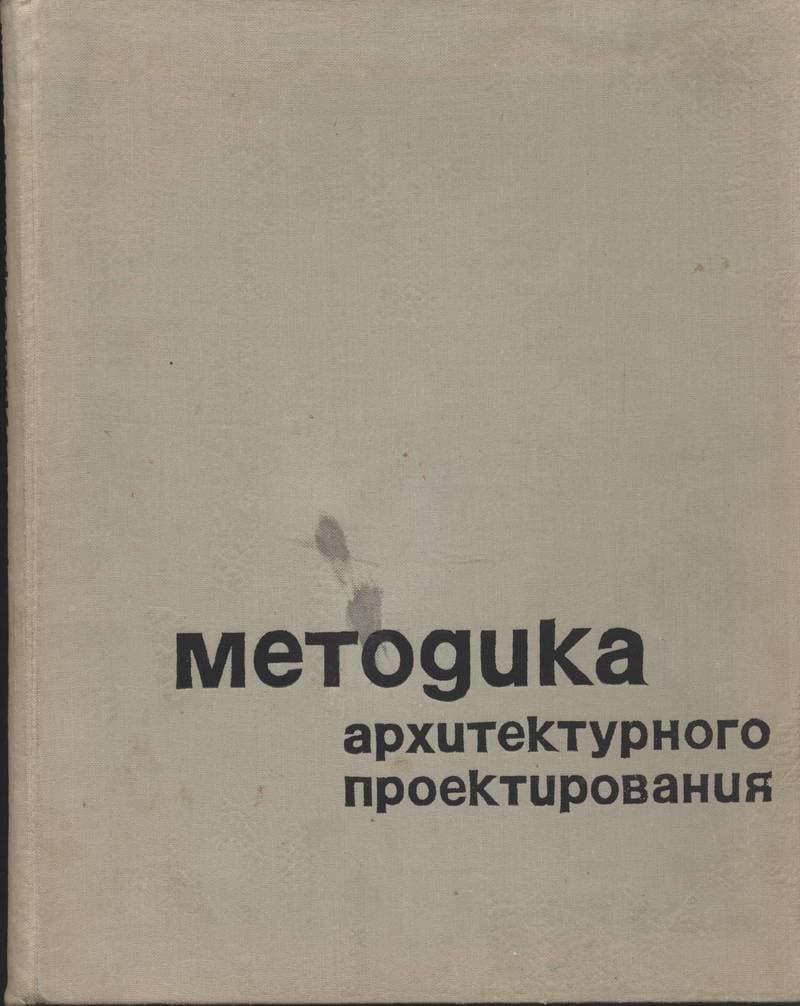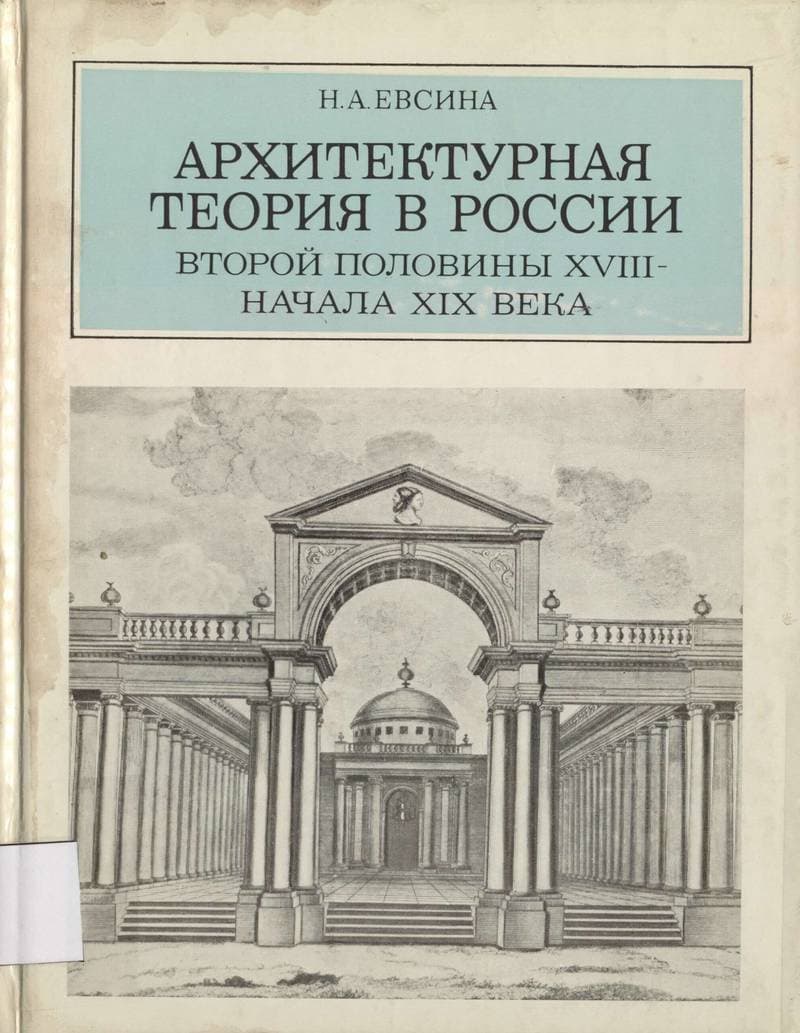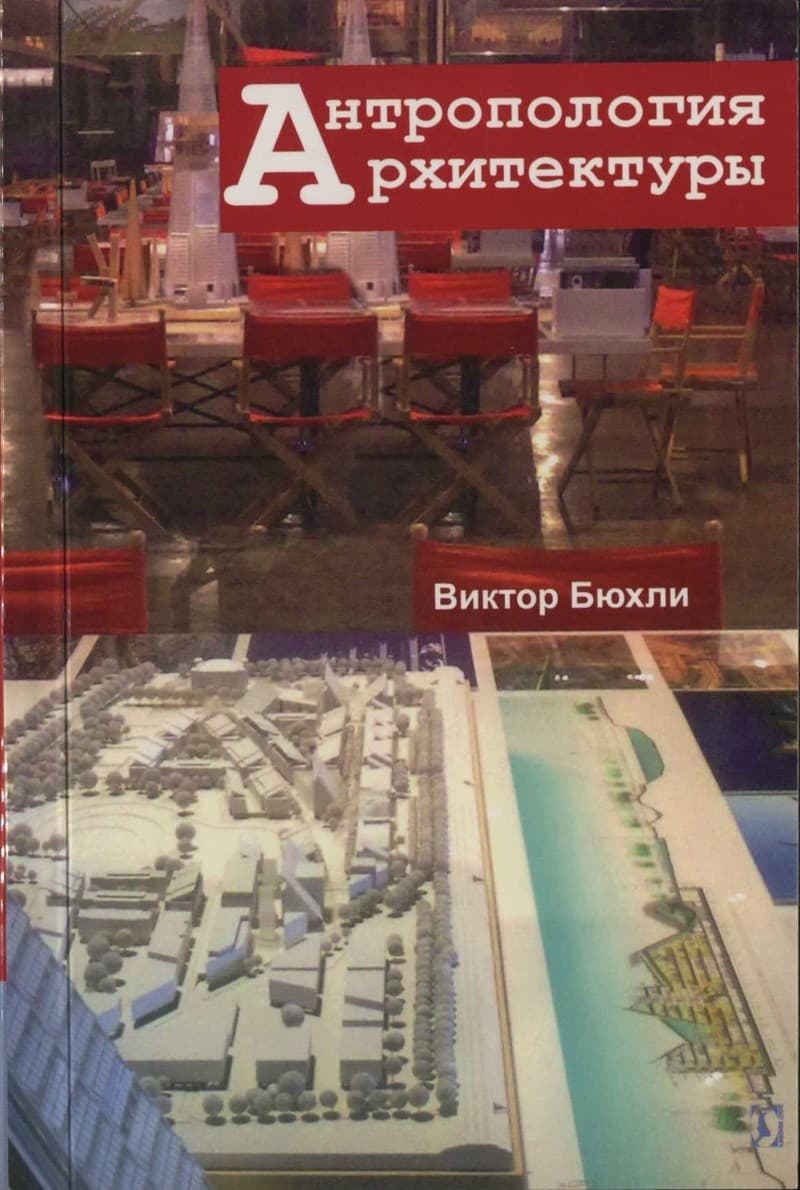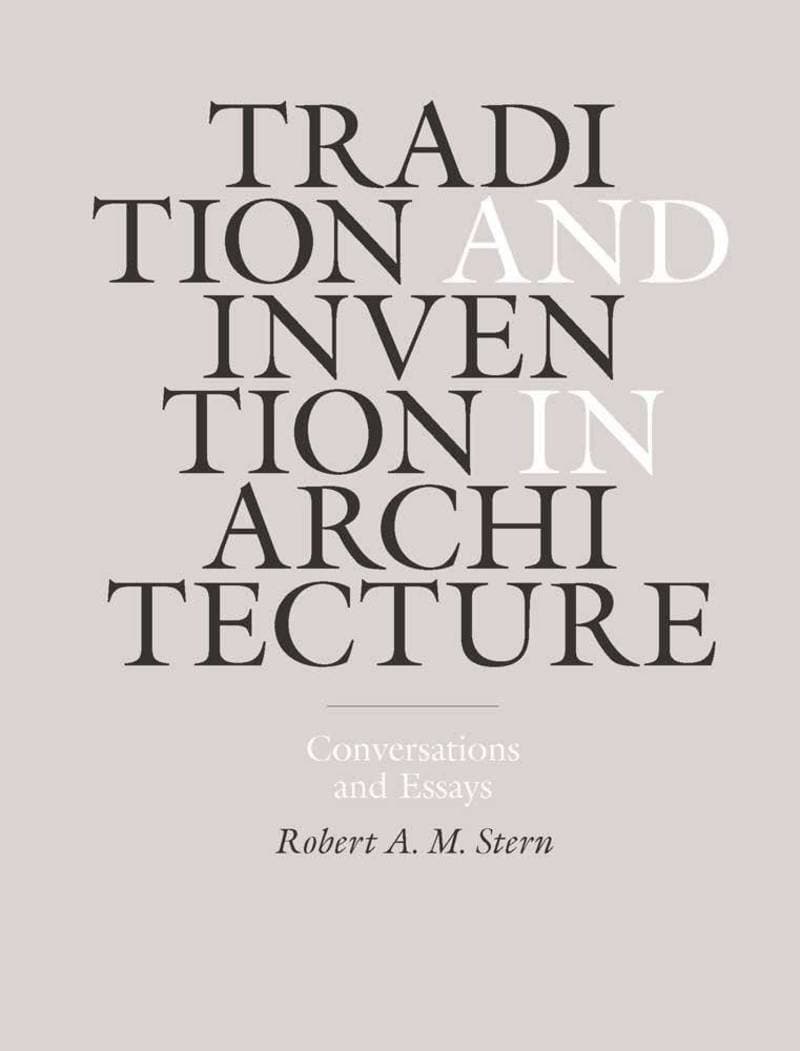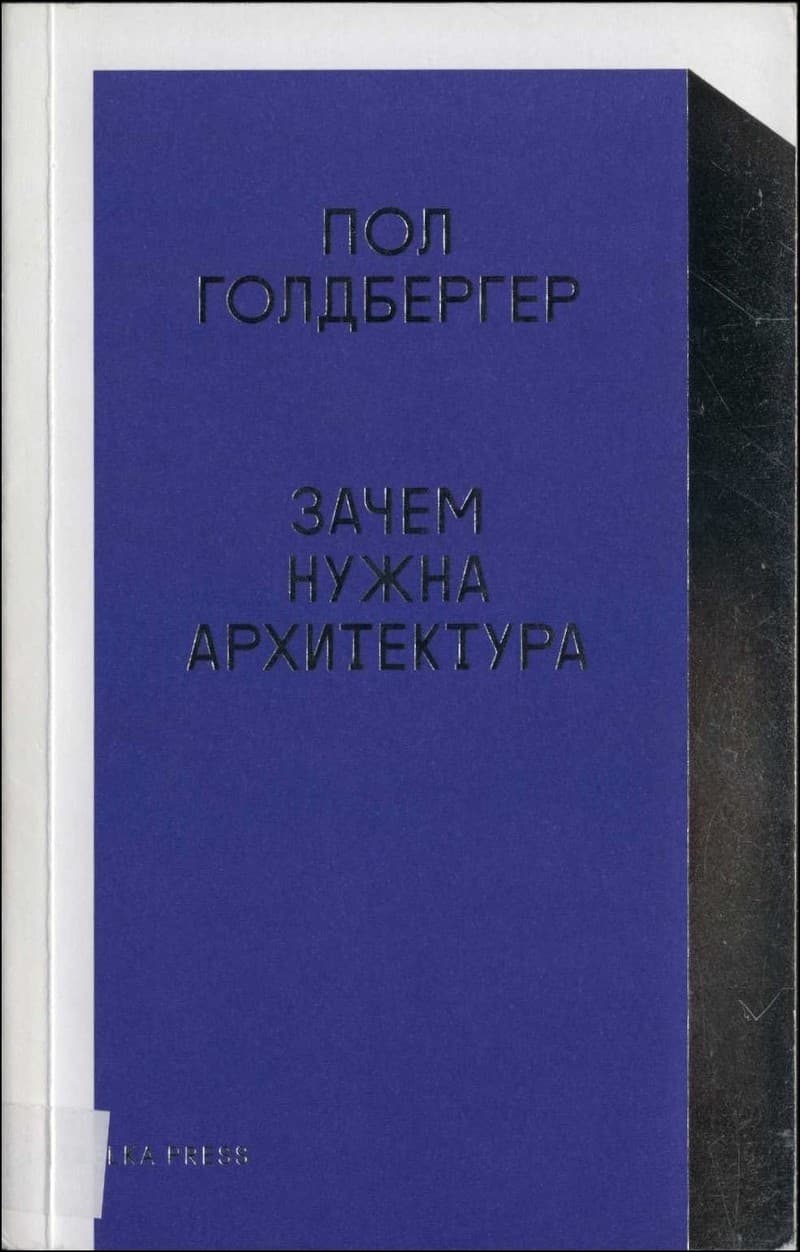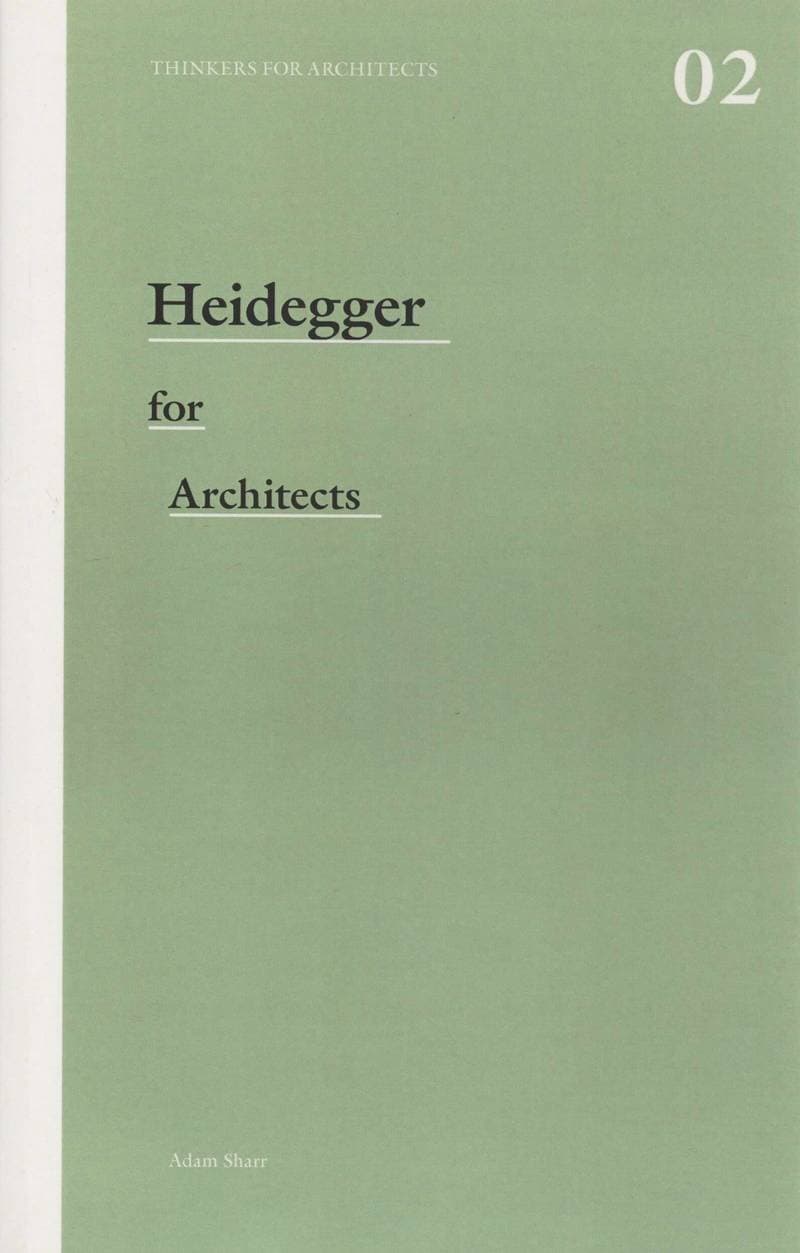The Battle for Modernism
The short-lived cultural journal Quadrante transformed the practice of architecture in fascist Italy. Over the course of three years (1933-36), the magazine agitated for an “architecture of the state” that would represent the values and aspirations of the fascist regime, and in so doing it changed the language with which architcts and their clientele addressed the built environment. Quadrante rallied supporters and organized the most prominent practitioners and benefactors of Italian rationalism into a coherent movement that advanced the cause of specific currents of modern architecture in interwar Italy. Through a detailed study of Quadrante and its circle of architects, critics, artists, and patrons, the book investigates the relationship between modern architecture and fascist political practices in Italy during Benito Mussolini’s regime (1922–1943).
Данные книги
Архитектура, Модерн, Политическое искусство, Урбанистика, Италия
Верона
2012
304 страницы
978883171348
Открытый доступ
Да
Нет
720.2 Rif
- Irony; or, The Self‑Critical Opacity of Postmodern Architecture2013
- The Building2016
- Amériques‑URSS: architectures du défi2014
- Irigaray For Architects2007
- Complexity and Contradiction in Architecture2011
- Методика архитектурного проектирования в системе архитектурного образования1969
- Modern Architecture A‑Z. Volume 2. M‑Z2013
- Архитектурная теория в России второй половины XVIII в. — начала XIX в.1985
- Антропология архитектуры2017
- Tradition and Invention in Architecture: Conversations and Essays2011
- Зачем нужна архитектура2017
- Heidegger For Architects2007
